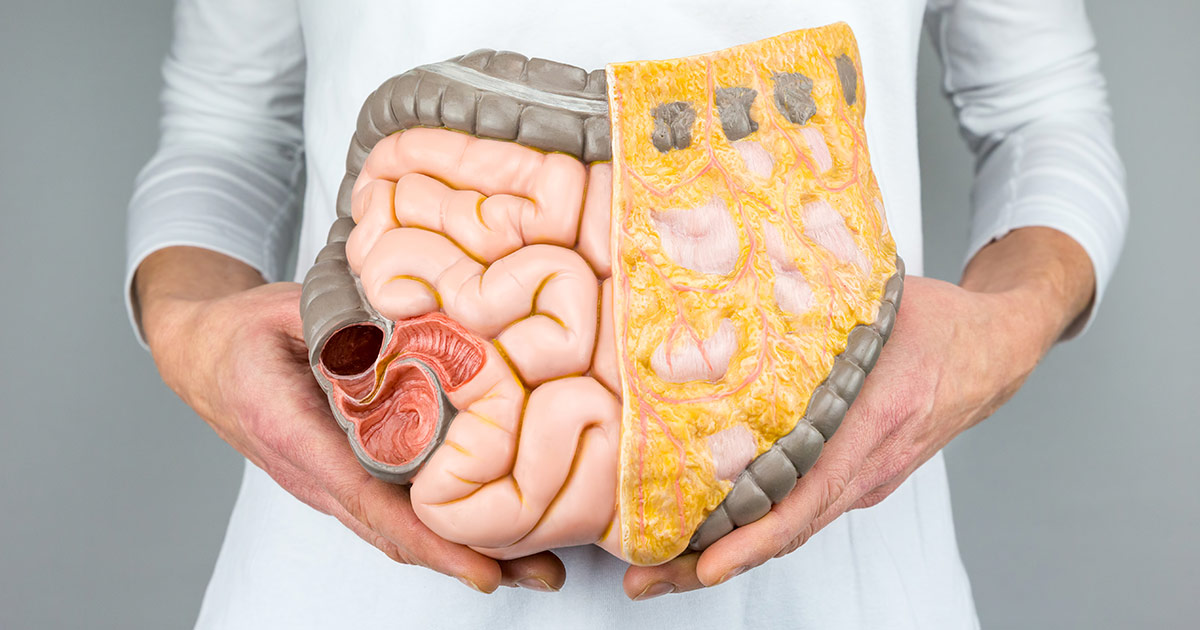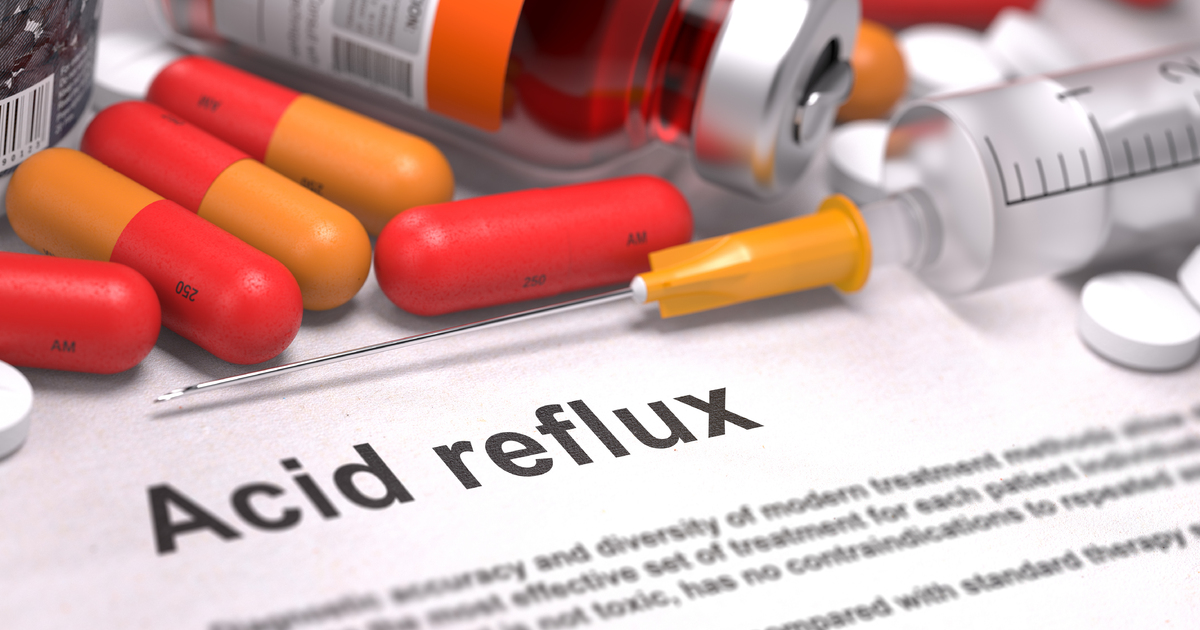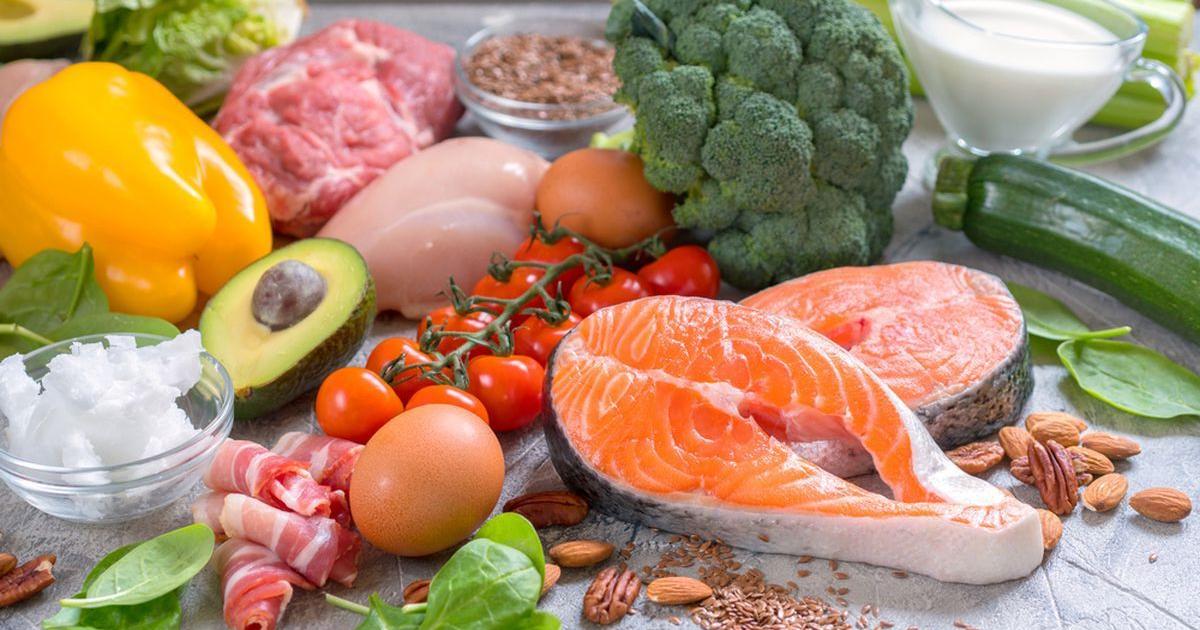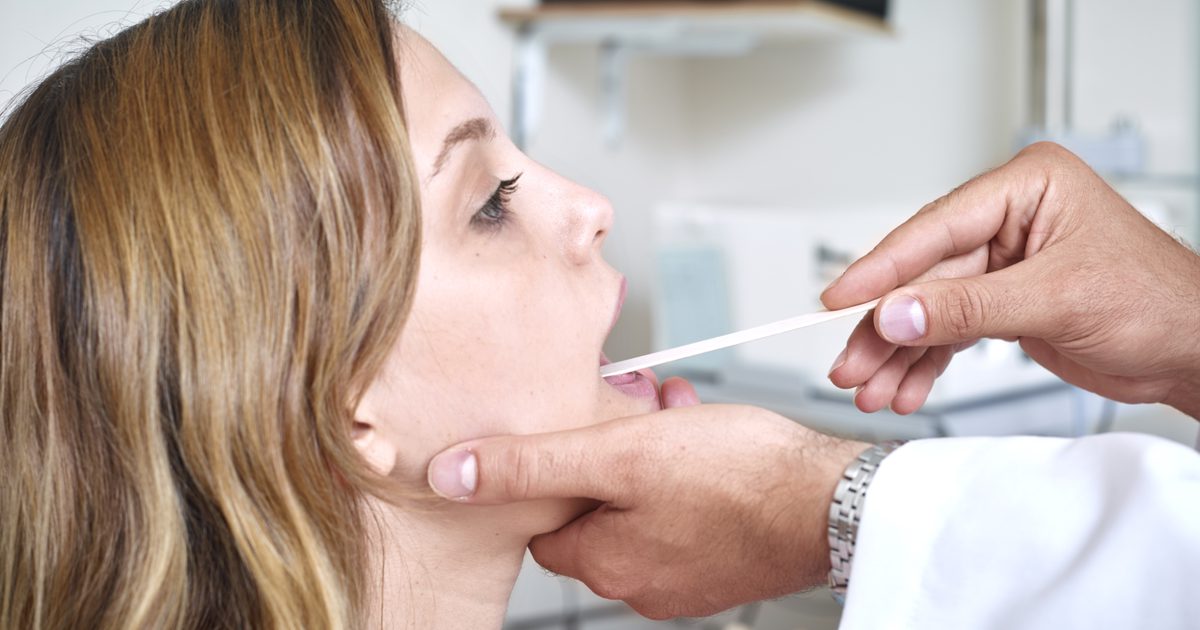Acid Reflux Overview
What causes a burning sensation in the chest? Chances are it is acid reflux or heartburn. However, there is no need to fear, because acid reflux is quite manageable, and no patient must suffer for very long. Of course, knowledge is necessary to truly understand acid reflux and to obtain effective treatment to avoid potential complications. Start reading now to reveal all of the information patients need to know about what acid reflux is and what causes it, as well as the symptoms to watch out for, available treatments, and complications the treatment helps individuals avoid.
What Is Acid Reflux?

Approximately one out of every five individuals living in the United States suffers from acid reflux. Acid reflux is characterized by an unpleasant burning sensation in the chest, just behind the breastbone. It may occur after eating a large meal. Aside from producing a burning sensation in the chest, acid reflux generally does not cause other health problems. Frequent or severe acid reflux and heartburn are known as gastroesophageal reflux disease (GERD). Although it sounds scary, GERD can now be cured without the use of surgery.
Learn about the symptoms of acid reflux next.
What Are The Symptoms?

Symptoms not always associated with acid reflux include chronic coughing, tooth erosion, chest pain, asthma, and laryngitis. However, the most common symptom of this condition is a burning sensation in the throat/esophagus and heartburn.
The burning sensation associated with acid reflux occurs when the sphincter muscle does not open and close properly. The sphincter muscle is located between the stomach and esophagus. When this muscle is not working properly, stomach acids can begin to make their way back up the esophagus, 'burning' the sides of the esophagus, causing the unpleasant sensation linked to acid reflux. Some patients will also experience heartburn in relation to their acid reflux, so this sensation is important to be on the lookout for as well.
Get to know the various causes of acid reflux next.
What Are The Causes Of Acid Reflux?

Acid reflux occurs when the contents of the stomach leak back into the esophagus, and may appear when an individual has trouble swallowing. This occurs when the esophagus does not move stomach juices down to the stomach fast enough. Foods such as citrus fruits, peppermint, tomatoes, raw onions, black pepper, and caffeinated drinks can also cause acid reflux.
Some cases of acid reflux are caused by a hiatal hernia, which occurs when the stomach protrudes into the chest through the diaphragm. This prevents the diaphragm from being able to help the sphincter muscle close at the bottom of the esophagus.
Get to know more about what can increase an individual's risk of developing acid reflux now.
What Contributes To Acid Reflux? Who Is At Risk?

Risk factors linked to acid reflux include obesity, asthma, peptic ulcers, hernias, diabetes and pregnancy. Some of these are unavoidable, however, there are many other risk factors that can be avoided. Some other risk factors that affect the sphincter muscle and cause bouts of acid reflux include smoking, the consumption of alcohol, poor posture, eating too close to bedtime, bending over or laying down after a heavy meal, and medications such as birth control and blood pressure medications.
With the symptoms, causes, and risk factors of acid reflux now under your belt, continue reading to find out how it is diagnosed.
How Acid Reflux Is Diagnosed

Acid reflux is initially diagnosed by a doctor through an evaluation of the patient's symptoms. Acid reflux patients usually report a history of heartburn, sometimes presenting as mild or moderate chest pain. Some will regurgitate food or develop wheezing, coughing, and a hoarse voice. Chronic reflux can lead to inflammation of the esophagus as a result of gastric acid damaging its sensitive tissues. This can cause painful or difficult swallowing.
When the patient's history suggests acid reflux, the doctor may order an endoscopy, one of the most important components of how acid reflux is diagnosed. This allows doctors to view images of the inside of the esophagus, the esophageal sphincter, and the stomach to identify problems. Barium swallow studies and twenty-four-hour pH testing may be useful in some patients. Not all patients diagnosed with acid reflux by their doctor will require further testing, but it can be a valuable way to screen for complications linked to acid reflux.
Discover details regarding how acid reflux is treated now.
Treating Acid Reflux

Medications such as antacids may help reduce symptoms of acid reflux. Other medications that treat acid reflux include foaming agents, proton pump inhibitors, prokinetics, and H2 blockers. If these treatment options do not help patients, the doctor may run one or more of the following tests: esophagram, esophageal manometry, pH monitoring, biopsy, or an endoscopy.
If symptoms persist without responding to treatment, surgery may be necessary. There are two types of surgery associated with treating acid reflux. The first involves a LINX device, which is placed at the lower end of the esophagus and connects the mouth to the stomach. This device works by preventing stomach juices from backing up into the esophagus. The second form of surgery is called fundoplication, which includes the creation of an artificial valve being placed at the top of the stomach to prevent acid reflux.
Get more information about how acid reflux is treated next, with a focus on home remedies.
Home Remedies For Acid Reflux

Home remedies for acid reflux include behavioral and dietary modifications. Most patients find symptom relief from elevating the head of their bed several inches and avoiding eating three hours before going to sleep. This can significantly reduce nighttime discomfort and morning sore throat. Patients who are overweight generally benefit significantly from weight loss. Smoking and alcohol use should be minimized or eliminated.
Keeping a food diary is a helpful method for acid reflux patients to learn their own dietary triggers for symptoms. Common dietary triggers include caffeine, carbonated drinks, fried foods, tomatoes, citrus fruit, chocolate, garlic, spicy foods, and onions. Once triggers are identified, patients can easily reduce their acid reflux by avoiding these triggers. Eating small meals throughout the day rather than three large meals can also improve regurgitation and pain linked to acid reflux.
Continue to reveal the complications linked to untreated acid reflux now.
Complications Linked To Acid Reflux

Most of the complications linked to acid reflux are related to its tendency to cause changes in the lining of the esophagus. This happens because the contents of the stomach are highly acidic. When the esophageal sphincter can't contain stomach contents, they travel up the esophagus, damaging tissue along the way. This damage causes cellular changes that can sometimes progress to Barrett's esophagus, which can be a precursor to esophageal cancer.
Sometimes with persistent acid reflux (GERD), a peptic ulcer can develop, in which the lining of the esophagus becomes eroded, causing pain and bleeding. When these ulcers heal, the resulting scar tissue can limit esophageal elasticity. This causes problems swallowing that can worsen over time. Aspiration is sometimes a risk as well, and it can lead to serious complications such as pneumonia, especially in vulnerable patients such as infants and the elderly.